A road train or land train is a trucking vehicle of a type used in remote areas of Argentina, Australia, Mexico, the United States, and Canada to move freight efficiently. The term road train is most often used in Australia. In the United States, the terms triples, turnpike doubles, and Rocky Mountain doubles are commonly used for longer combination vehicles (LCVs). A road train has a relatively normal tractor unit, but instead of towing one trailer or semi-trailer, it pulls two or more of them.
Australia has the largest and heaviest road-legal vehicles in the world, with some configurations topping out at close to 200 tonnes (197 long tons; 220 short tons). The majority are between 80 and 120 t (79 and 118 long tons; 88 and 132 short tons).
Double (two-trailer) road train combinations are allowed in most areas of Australia, and within the environs (albeit limited) of Adelaide, South Australia and Perth, Western Australia. A double road train should not be confused with a B-double, which is allowed access to most of the country and in all major cities.
Here is one rolling through a flooded road

Triple (three-trailer) road trains operate in western New South Wales, western Queensland, South Australia, Western Australia and the Northern Territory, with the last three states also allowing AB-quads (B double with two additional trailers coupled behind). Darwin is the only capital city in the world where triples and quads are allowed to within 1 km (0.62 mi) of the central business district (CBD). Tasmania and Victoria do not allow the operation of road trains on any of their roads. Victoria had previously allowed double road trains to operate around Mildura for the vintage grape harvest.
Strict regulations regarding licensing, registration, weights, and experience apply to all operators of road trains throughout Australia.
Road trains are used for transporting all manner of materials: common examples are livestock, fuel, mineral ores, and general freight. Their cost-effective transport has played a significant part in the economic development of remote areas; some communities are totally reliant on regular service.
The multiple dog-trailers are unhooked, the dollys removed and then connected individually to multiple trucks at “assembly” yards when the road train gets close to populated areas.
When the flat-top trailers of a road train need to be transported empty, it is common practice to stack them. This is commonly referred to as “doubled-up” or “doubling-up”. See illustration. Sometimes, if many trailers are required to be moved at one time, they will be triple-stacked, or “tripled-up”.
Higher Mass Limits (HML) Schemes are now piloting in all jurisdictions in Australia, allowing trucks to carry additional weight.

Road trains arrives at Helen Springs Cattle Station, north of Tennant Creek NT.

The cattle are loaded onto the road train for their journey to Longreach QLD.

The Road Train then leaves on its long trip.
Interesting statistics.
*There are 17 trucks with 3 trailers and 2 decks per trailer; that’s 102 decks of cattle.
*Approximately 28 cattle per deck; A total of 2,856 head of cattle.
*The cattle will weigh approximately 500kg each (1102.3 lbs.)
*The sale price for cattle at Longreach is approx. 165c/kg (75c/lb.)
*Each animal will therefore be sold at $825.
*Total revenue from this analysis is $2.356.200
*TYRES; Each truck has 2 front and 8 rear tyres, first trailer has 12 tyres and is dollied to the truck.
*2nd & 3rd trailers have 8 tyres at the front and 12 at the rear, that’s 20 tyres each.
*Each truck has 62 tyres, that’s a total of 1.054 on the road. A lot of tyres!!!


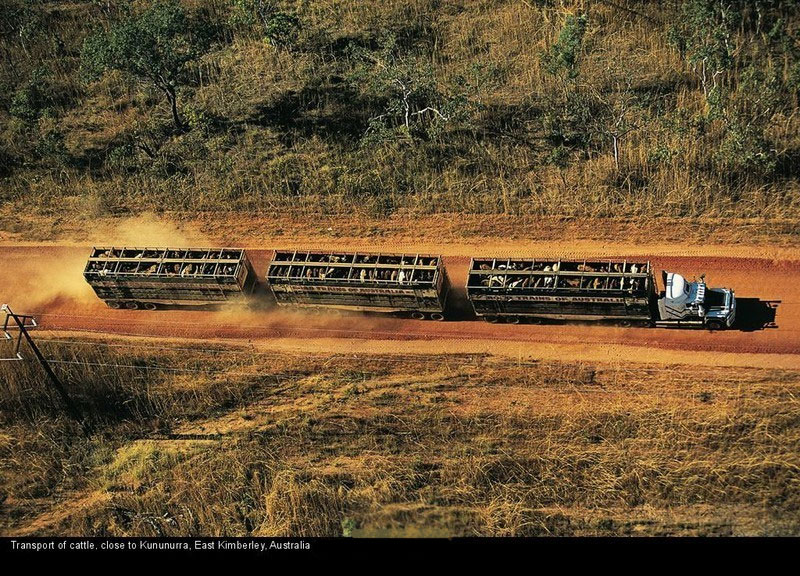
Australian cattle at stockyards in Rockhampton, Queensland.
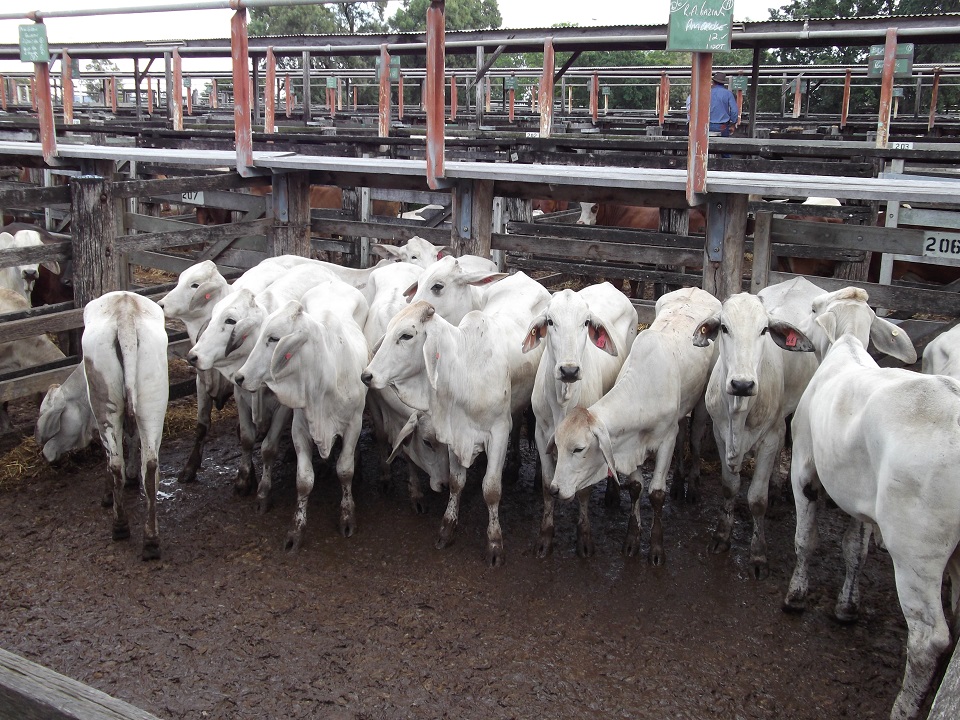


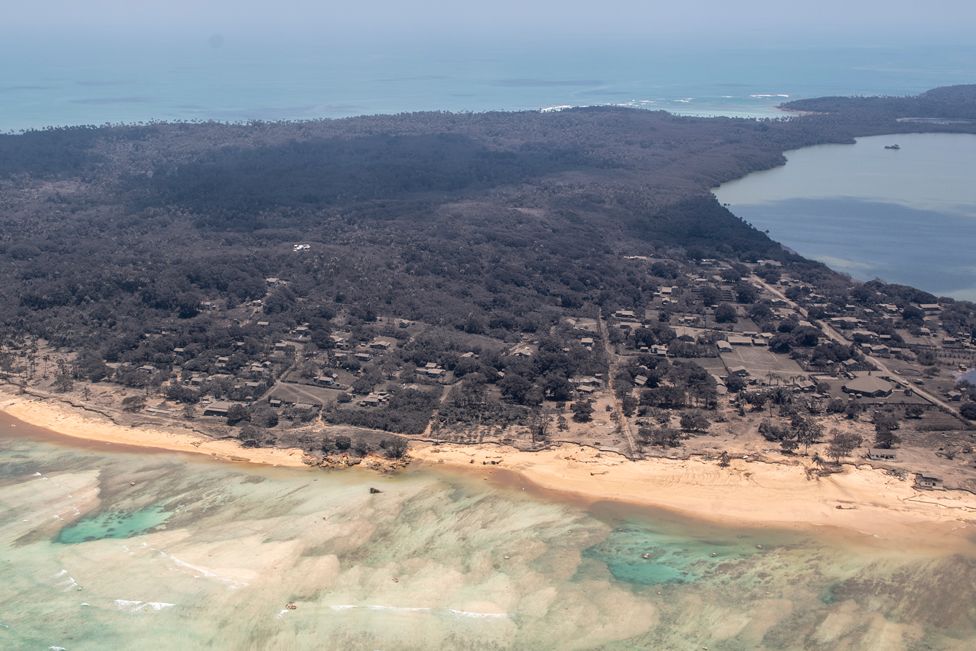
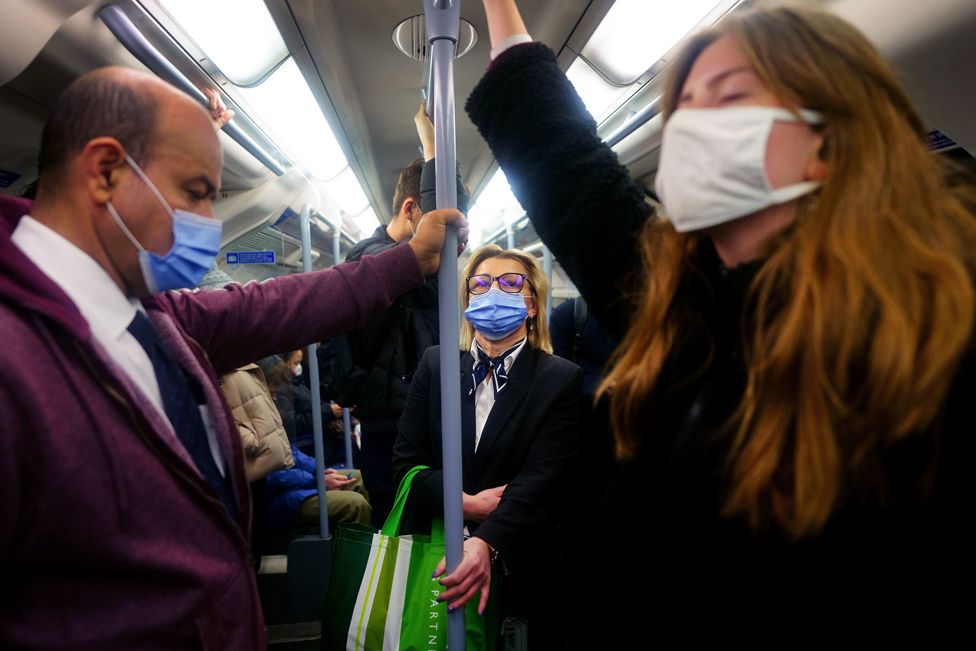

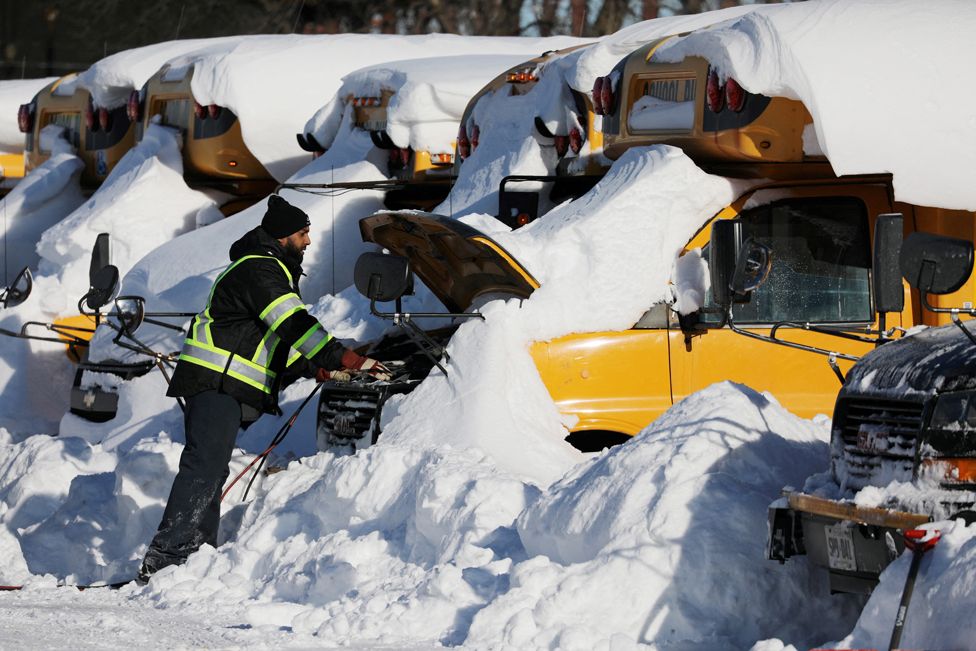




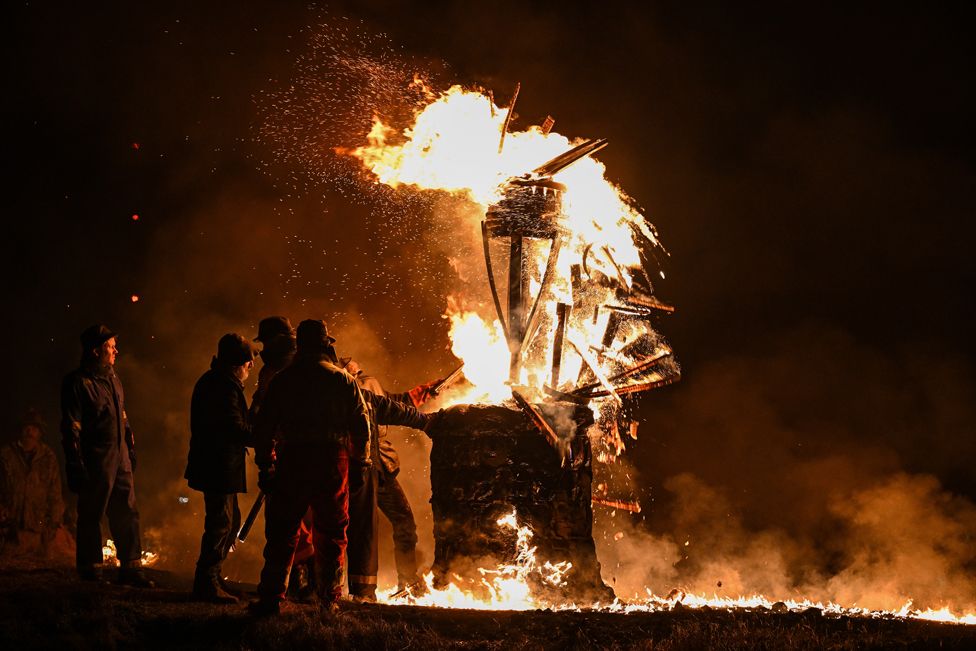

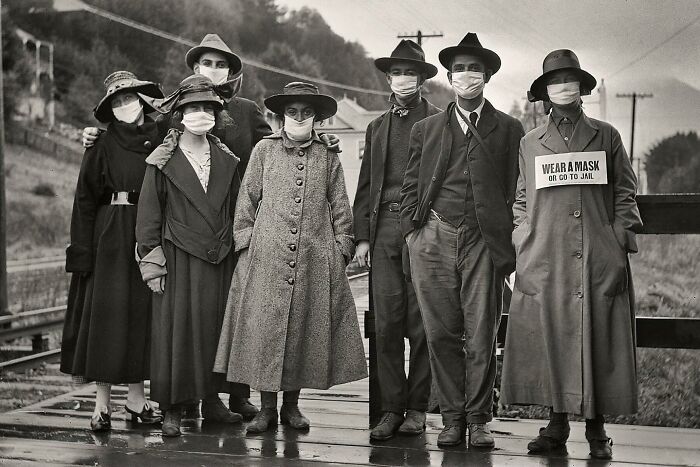
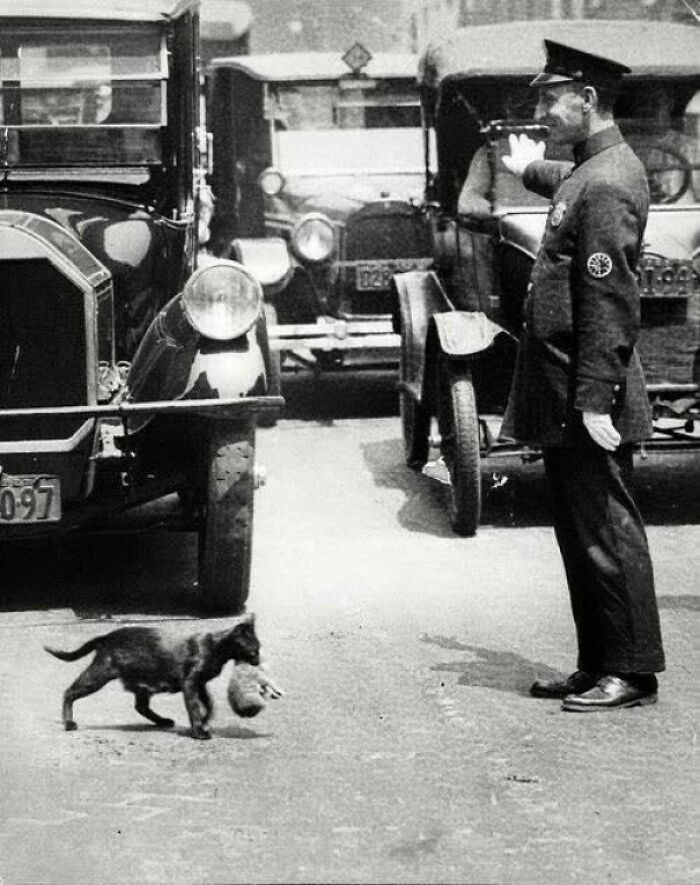
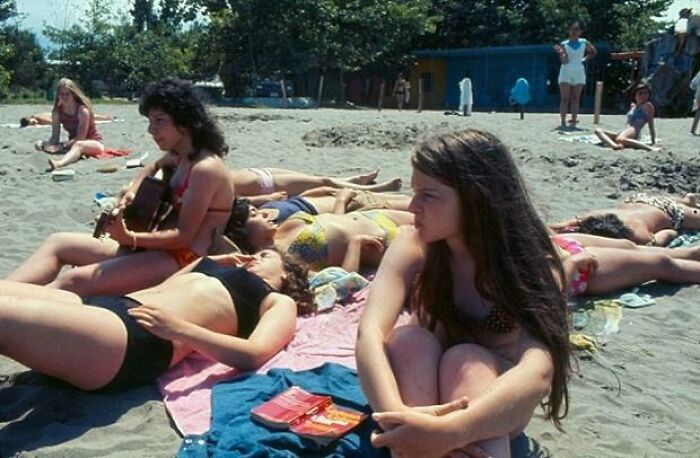
![A French Boy Introduces Himself To Indian Soldiers Who Had Just Arrived In France To Fight Alongside French And British Forces, Marseilles, 30th September 1914. [colorization] A French Boy Introduces Himself To Indian Soldiers Who Had Just Arrived In France To Fight Alongside French And British Forces, Marseilles, 30th September 1914. [colorization]](https://www.boredpanda.com/blog/wp-content/uploads/2021/09/613b410f9dc77_8gl591xucbh71__700.jpg)
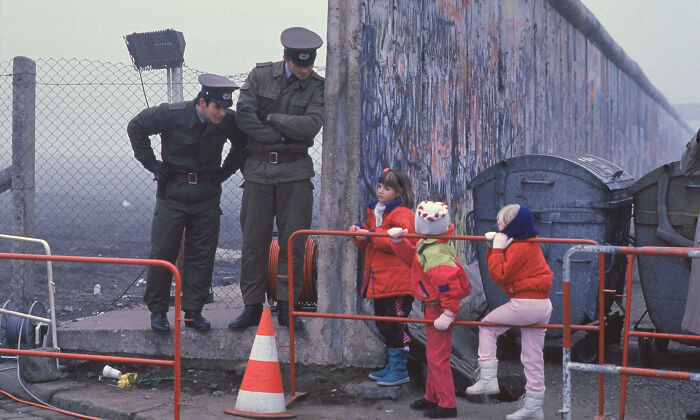

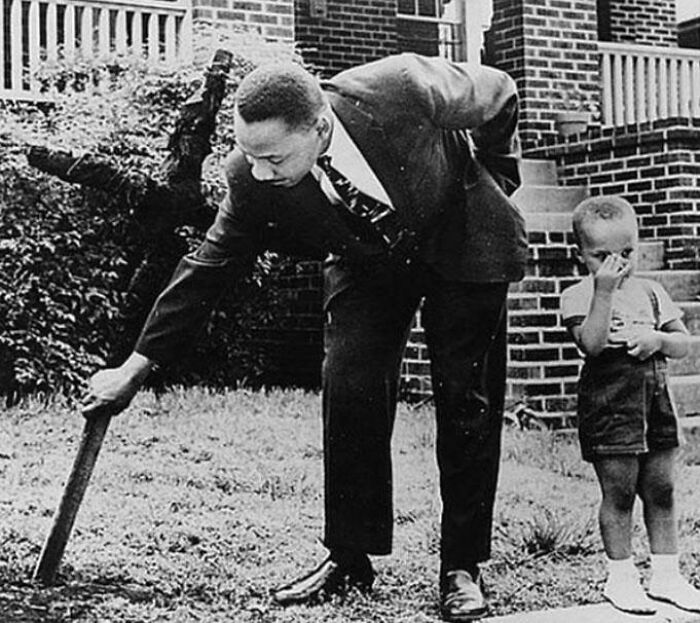
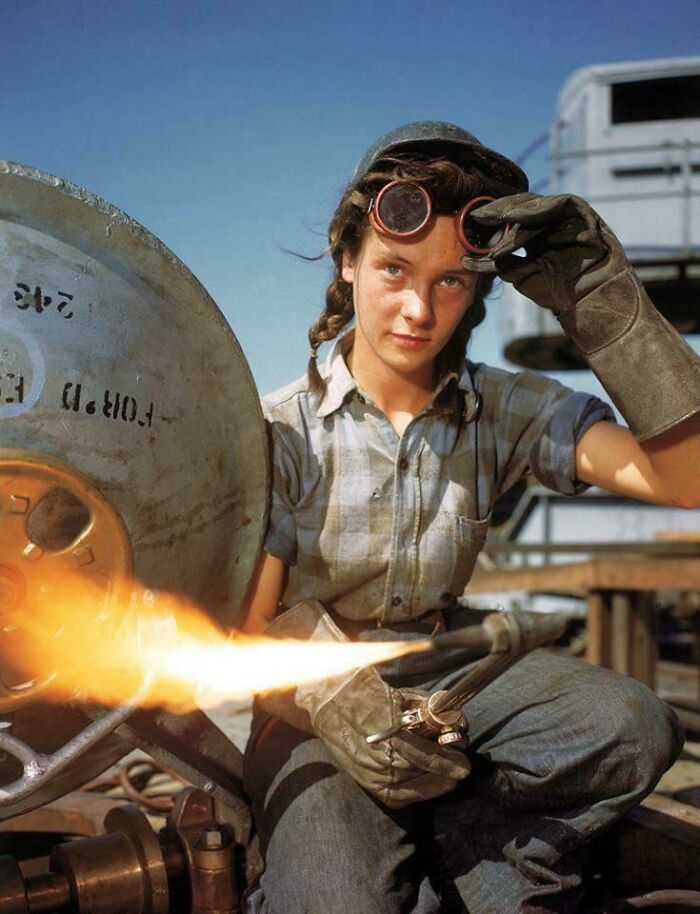
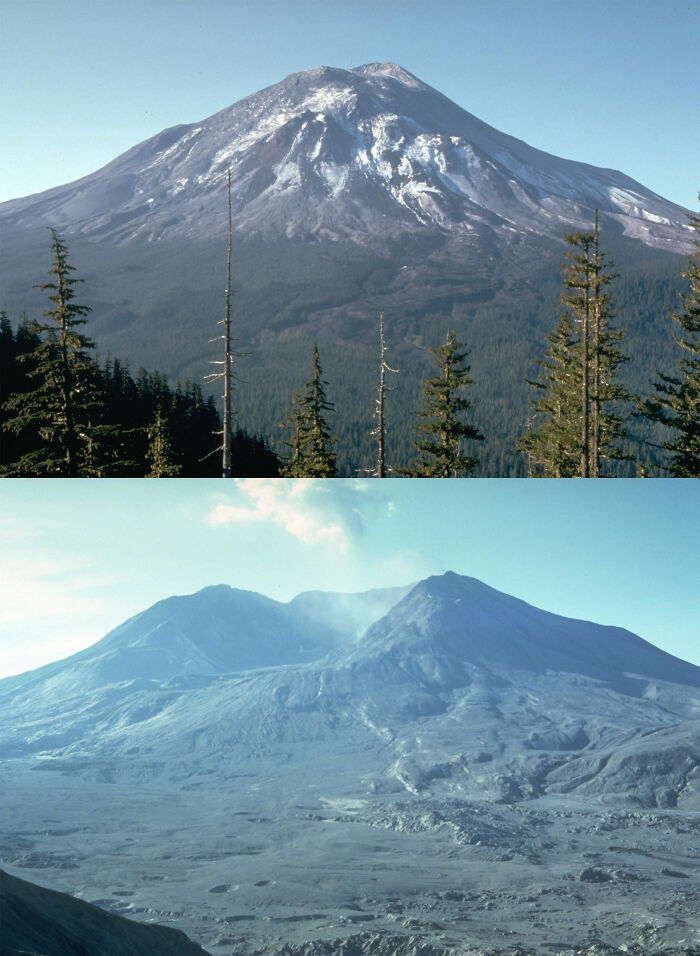
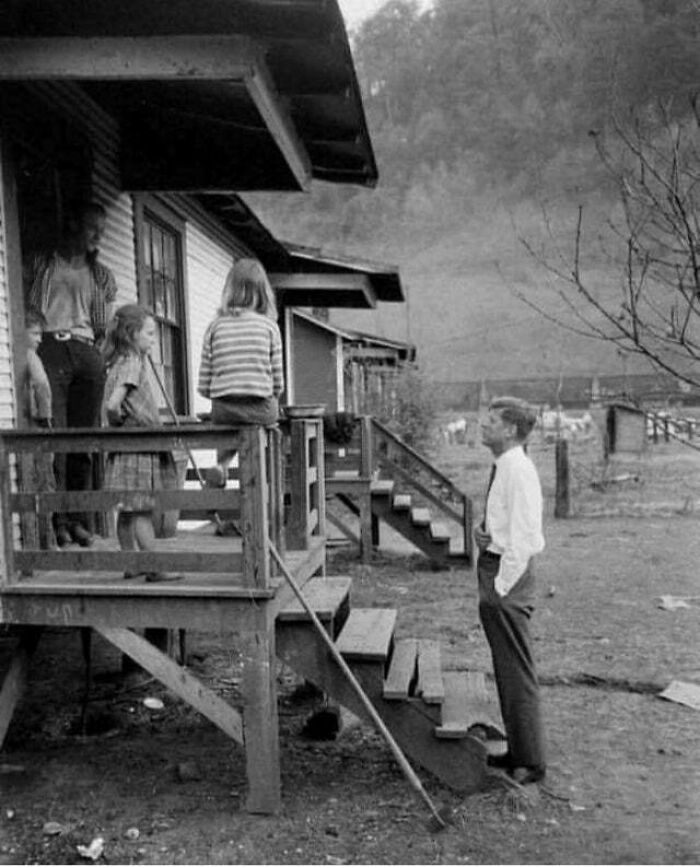
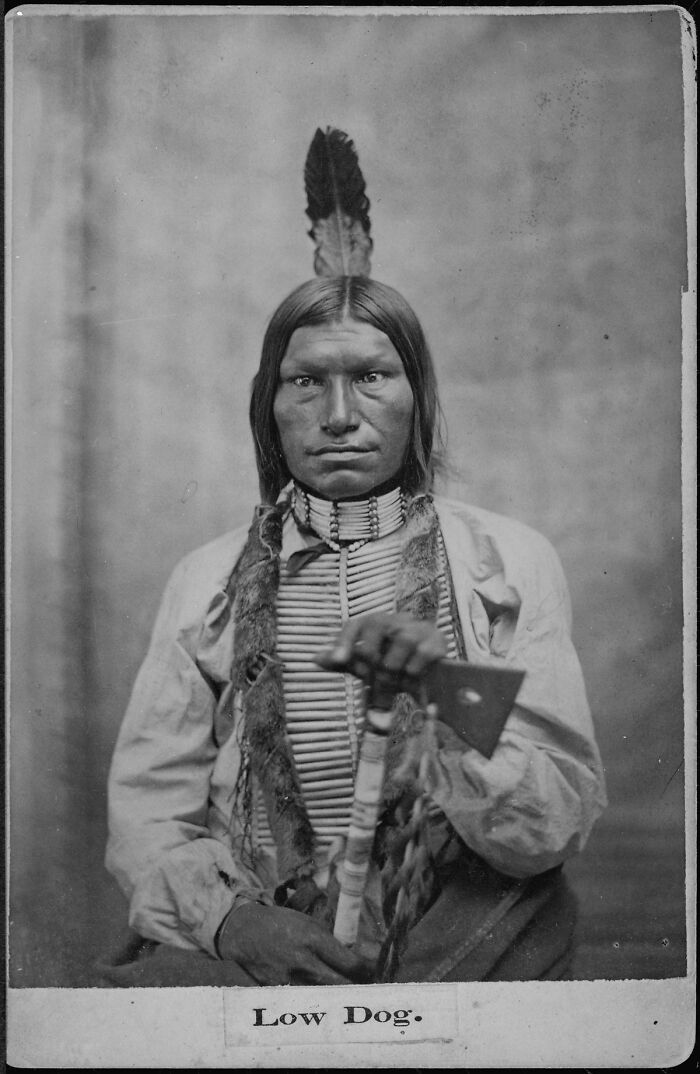
![Eiffel Tower Under Construction, July 1888 [colorized] Eiffel Tower Under Construction, July 1888 [colorized]](https://www.boredpanda.com/blog/wp-content/uploads/2022/01/61e6bf728be64_kf8odovps9781-png__700.jpg)
![Archduke Franz Ferdinand And His Wife Minutes Before Assassination That Would Lead To Ww1, 1914 [colorized] Archduke Franz Ferdinand And His Wife Minutes Before Assassination That Would Lead To Ww1, 1914 [colorized]](https://www.boredpanda.com/blog/wp-content/uploads/2022/01/61e6be02d6fcb_lnh7ndjowq381__700.jpg)

























